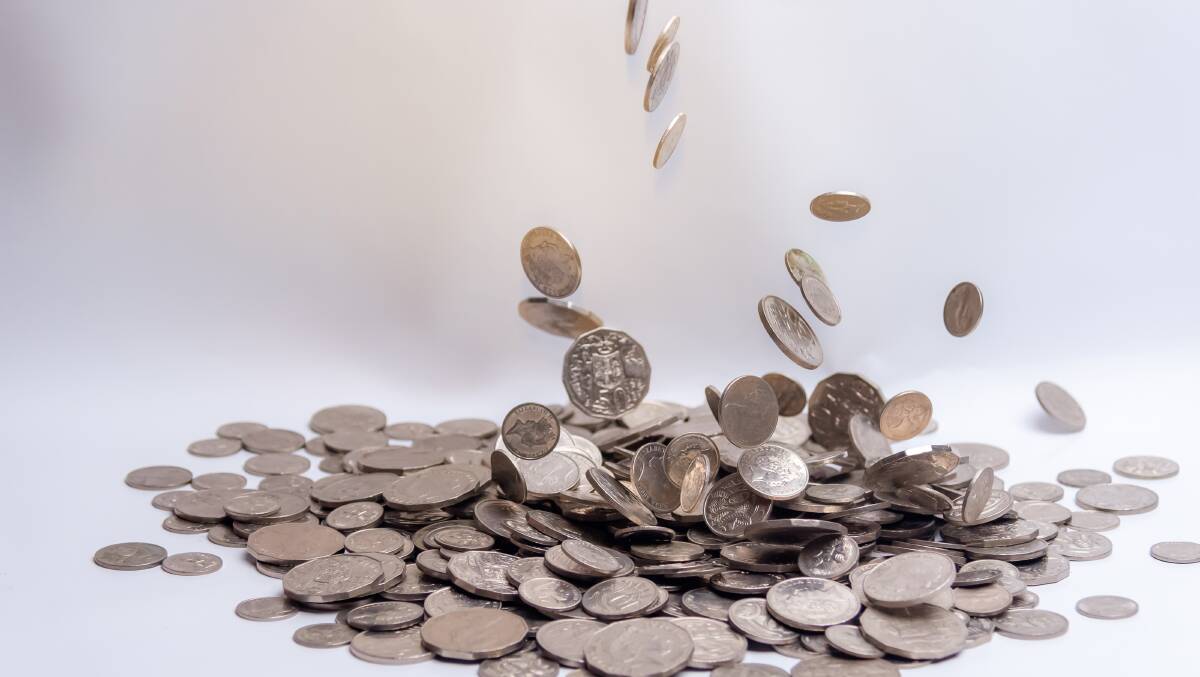
Subscribe now for unlimited access.
or signup to continue reading
Tasmanian inflation is speeding up, threatening to erode workers' living standards unless wages growth accelerates.
The Australian Bureau of Statistics estimated Hobart inflation - the best available measure for Tasmania - increased by 1.1 per cent in the June quarter and 3.6 per cent annually.
It was the biggest quarterly increase since the last quarter of 2019.
Tasmanian wages increased by 2 per cent in the year to March, according to the ABS' wage price index.
That was the strongest growth of any state or territory, with a national increase of 1.5 per cent.
Tasmanian private sector wages increased by 1.5 per cent for the year, according to the index.
Public sector wages increased by 3 per cent.
Automotive fuel costs shot up by 9.1 per cent in Hobart in the June quarter.
The cost of new housing purchases by owner occupiers increased by 2.6 per cent and rents increased by 1.6 per cent.
The ABS said the rents increase was because of strong levels of demand shown by low vacancy rates.
The cost of food and non-alcoholic drinks increased by 0.7 per cent. as did alcohol and tobacco costs.
Clothing and footwear (1.3 per cent), health (1.2 per cent), transport (3.9 per cent) and insurance and financial services (0.9 per cent) also had significant price increases.
Education costs were flat, while the price of communications fell by 0.7 per cent.
Recreation and culture costs edged down by 0.1 per cent.
June quarter wage price index figures will be released on August 18, allowing a direct June to June comparison with inflation.
The index measures changes in payments for the same work.
State Treasury sees it as a more meaningful measurement of underlying wages growth than average weekly earnings because it is not influenced by changes in aspects of the labour market such as the split between full-time and part-time work and various industries' shares of employment.














